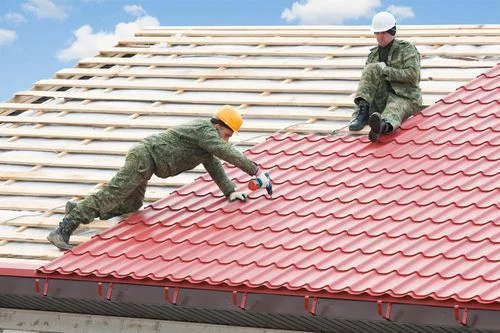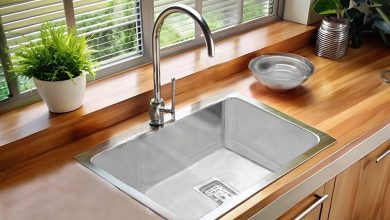
How does roof repair preparation prevent future damage?
Preparation work before roof repairs makes the difference between fixes that hold for years and patches that fail fast. Jumping straight into repairs without proper prep creates situations where the same problems come back quickly. Real preparation tackles whatever caused the damage initially. This means scrubbing surfaces clean, checking whether the structure underneath still holds up, picking materials that actually work together, and waiting for decent weather. The prep phase eats more time than the actual fixing, but delivers staying power that quick patches never manage.
Plenty of property owners see preparation as wasted time when their roofs need fixing now. That thinking misses how prep work eliminates why roof problems keep happening. Roof Repair Cape Town spend serious effort on preparation because laying proper groundwork stops them from getting called back for identical problems six months down the road. Money spent on preparation buys repairs that actually last, plus lower odds of fresh issues popping up next to what just got fixed.
Surface cleaning matters
Roofs collect layers of junk. Leaves, algae, moss, and oxidized granules all pile up and interfere with how new materials stick down. Slapping new stuff over dirty surfaces creates weak bonds that peel apart quickly. Preparation means stripping all that contamination off the repair zone and the area around it. Pressure washers blast away organic gunk and loose bits. Wire brushes scrub off stubborn deposits that water alone won’t budge. Chemical treatments kill algae spores that would just grow back under whatever gets installed.
Clean surfaces let sealants, glues, and roofing compounds actually grab onto existing materials properly. How well old and new materials connect determines whether repairs hold. Dirt blocks that connection, leaving weak spots where water gets back in. Cleaning during prep goes past what looks clean to the eye, down to microscopic levels where real adhesion happens. A surface appearing clean might still have contamination, preventing secure attachment.
Structural assessment first
Preparation includes poking around at the roof framing, decking, and supports before doing any surface work. Damage visible on top usually means bigger problems hiding underneath. Rotted plywood, cracked beams, and weakened trusses all need handling before surface repairs make sense. Patching shingles over bad decking throws money away since the weakness underneath causes new failures. Structural prep involves:
- Cutting out and replacing roof decking sections that got water-damaged or rotted
- Reinforcing beams showing cracks or sagging from stress
- Adding support blocking where the roof framing spreads apart or shifts
- Upgrading nail patterns in spots with inadequate attachment
- Installing extra bracing where the wind pulled things loose
Fixing structural issues during prep stops future damage by rebuilding the load capacity and weather resistance that broke down over time.
Ventilation setup
Bad attic ventilation causes tons of roof failures by trapping heat and moisture inside. Prep fixes ventilation problems before surface repairs start. Hot attics cook shingles from below, cutting their lifespan drastically. Trapped moisture rots plywood and framing, no matter how well the roof surface sheds rain. Prep includes venting ridges, soffits, and gable roofs to remove heat and humidity. Roofs age prematurely when moisture becomes trapped and heat concentrates.




